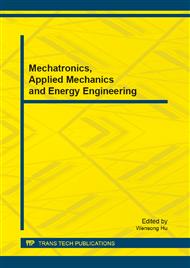p.32
p.38
p.45
p.50
p.59
p.65
p.69
p.75
p.80
Efficient Wall Distance Calculating with Box-Splitting Method
Abstract:
The wall distance is still a key parameter in many applications of turbulence model. The efficiency of wall distance calculating is very important for some complex geometries flows. For stationary problems the wall distance is computed only once, but for the problems with moving body it need to be computed repeatedly and the cost is expensive. Based on the searching procedures, the crude searching method in which the nearest wall distance for a given point within the volume is calculated by measuring the distance to every surface point and keeping the minimum, and the alternating digital tree (ADT) method which is based on the technique of an especial binary tree, are studied and compared. Then a new efficient wall distance calculating method named BSM (box-splitting method) is proposed. Internal and external test cases are use to verify the efficiency of BSM method. The results show that the BSM method is both robust and efficient for internal/external problems, and it can be easily implemented into current CFD software to improve the efficiency of wall distance calculating for turbulence modeling.
Info:
Periodical:
Pages:
59-64
Citation:
Online since:
September 2013
Authors:
Price:
Сopyright:
© 2013 Trans Tech Publications Ltd. All Rights Reserved
Share:
Citation:


